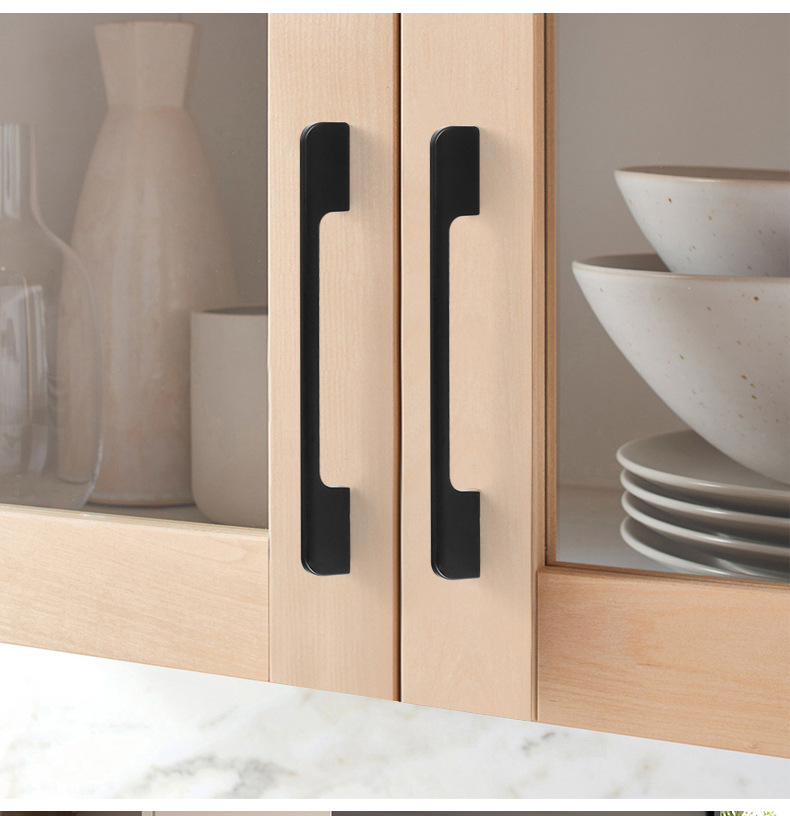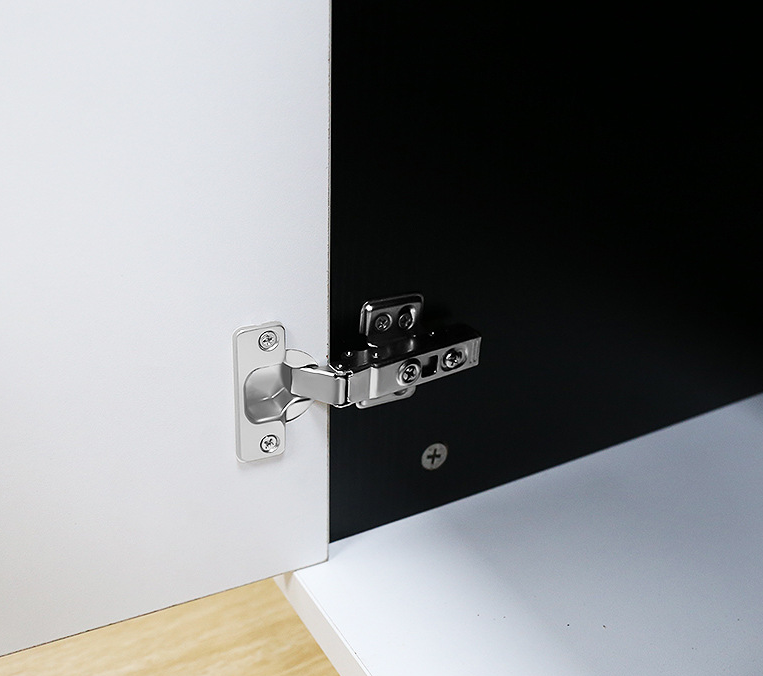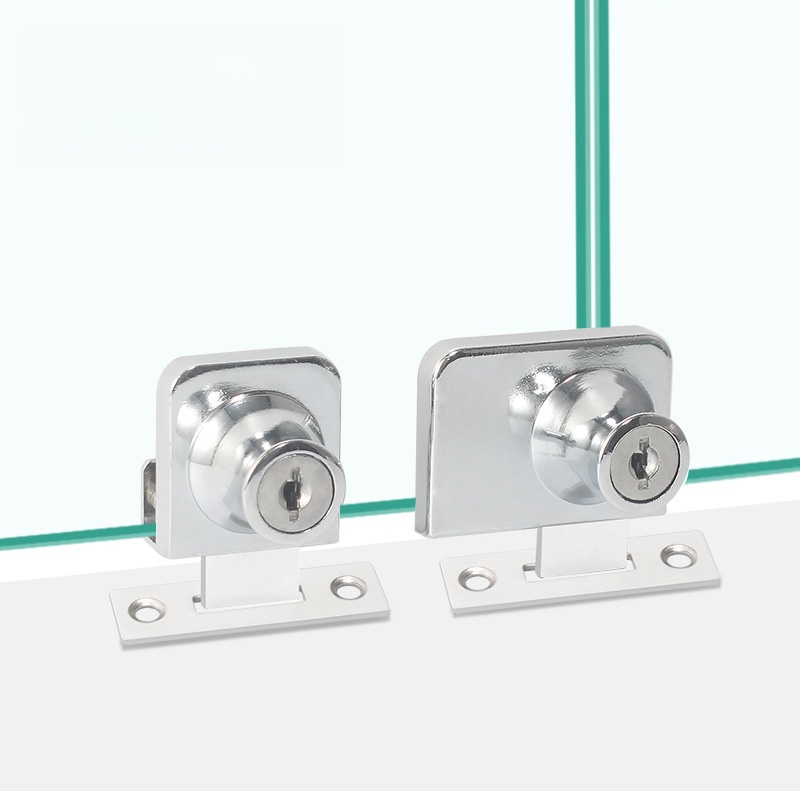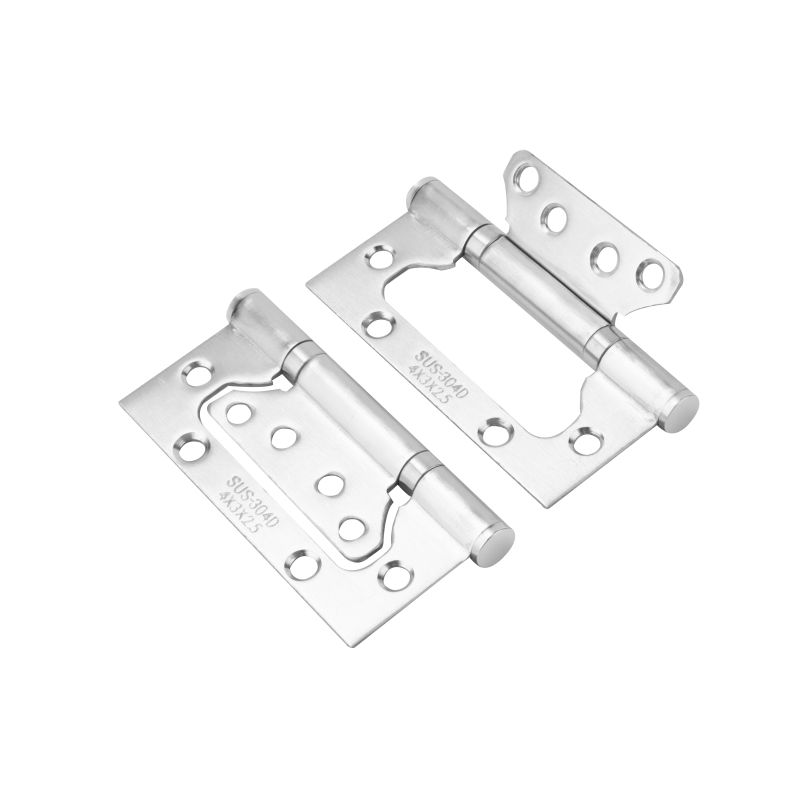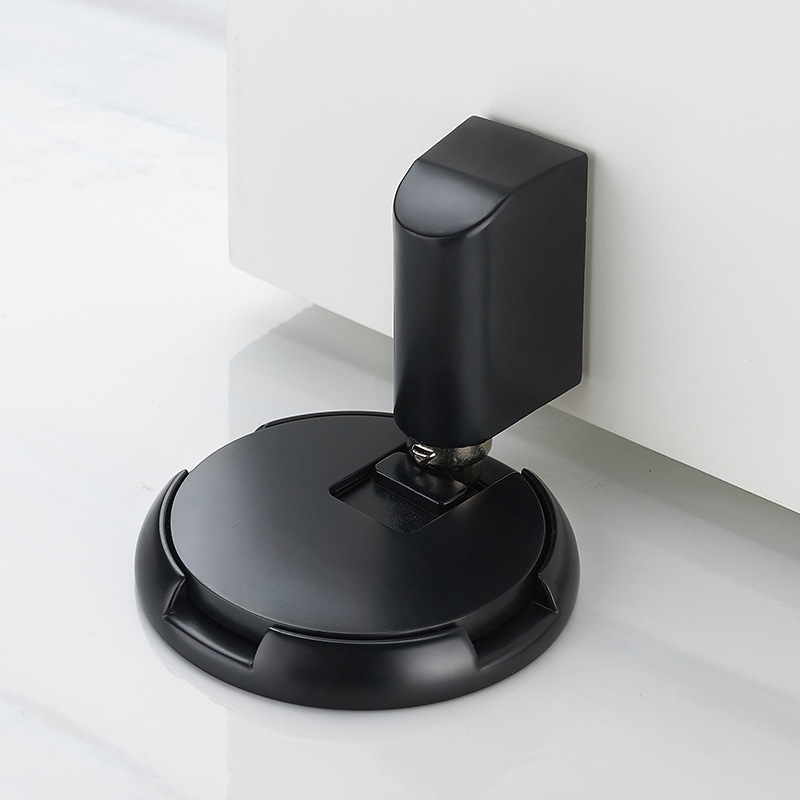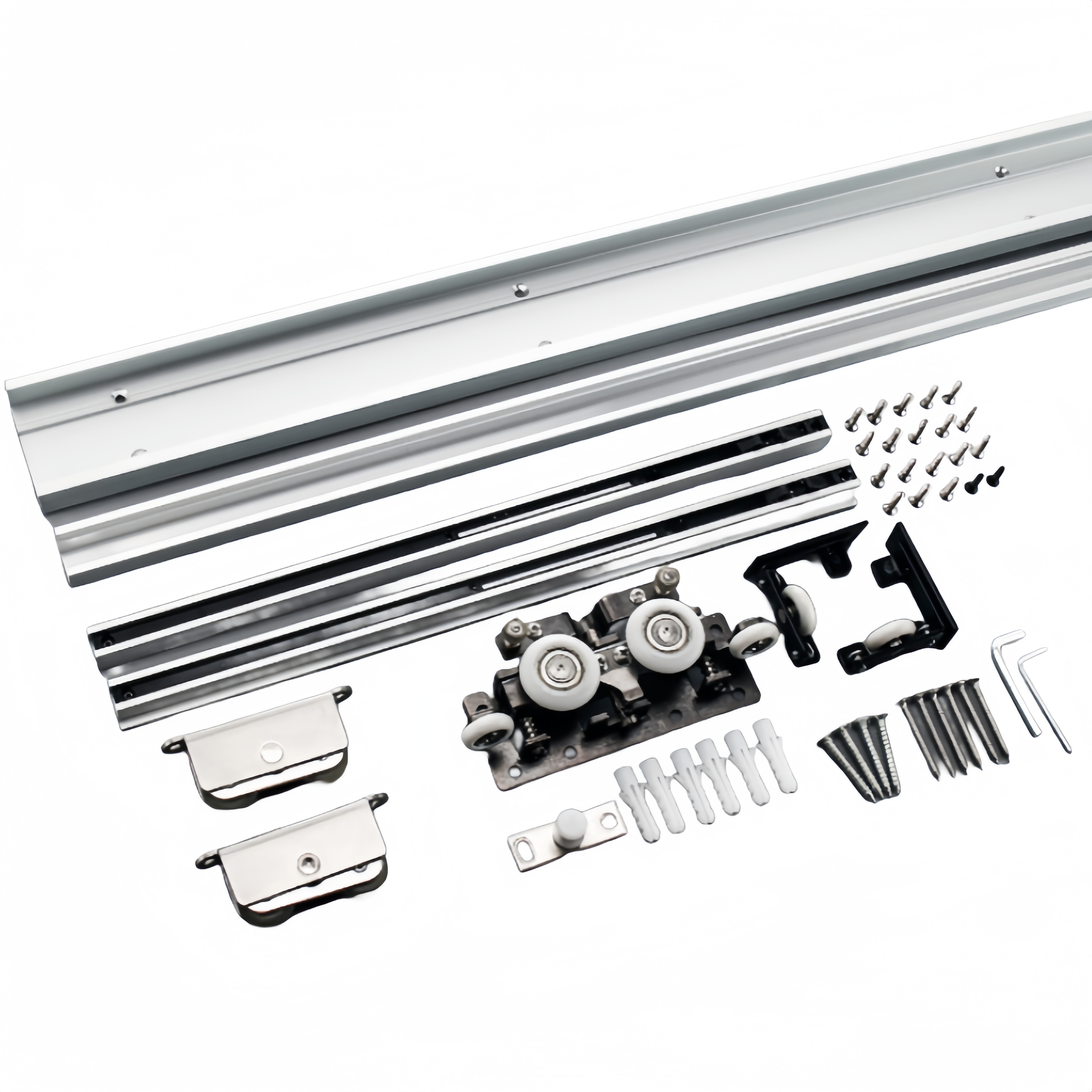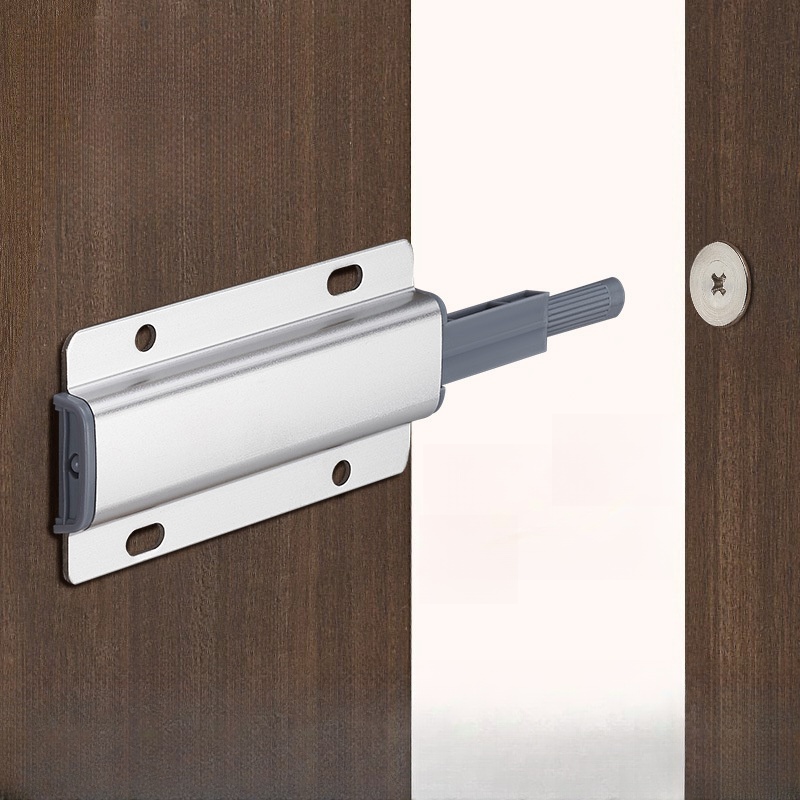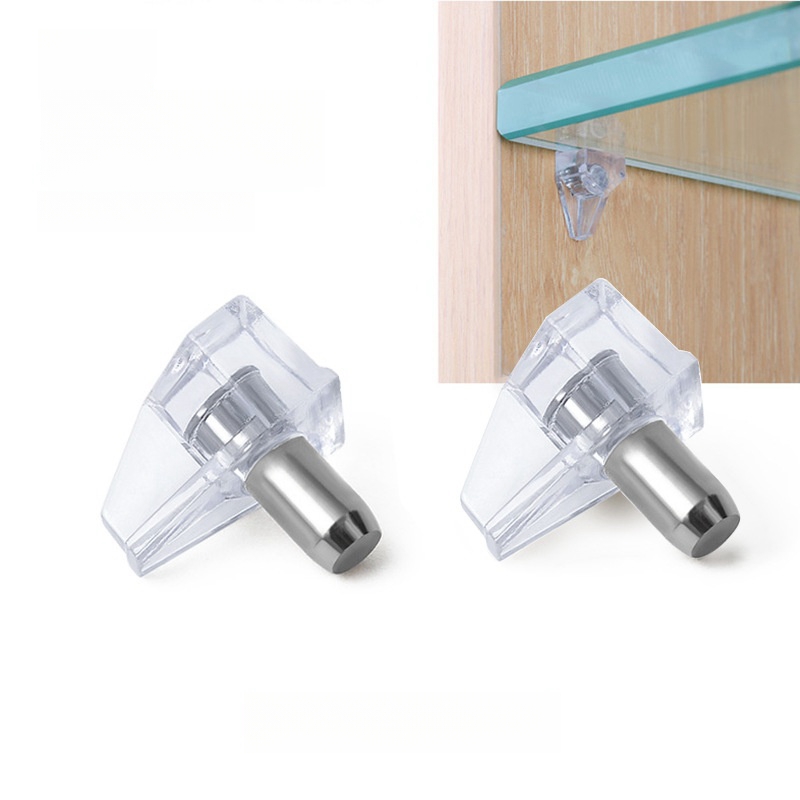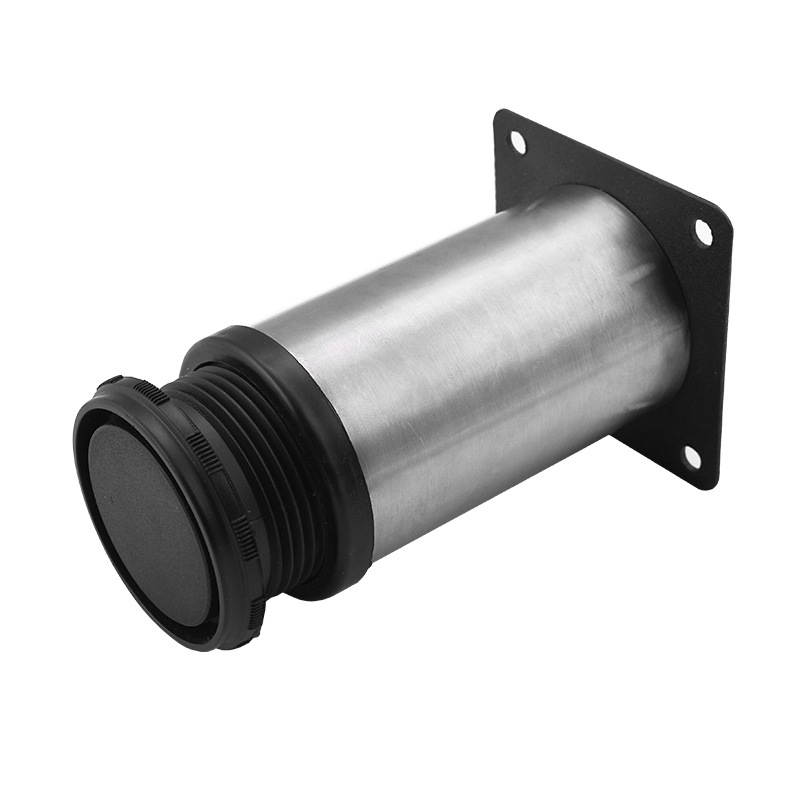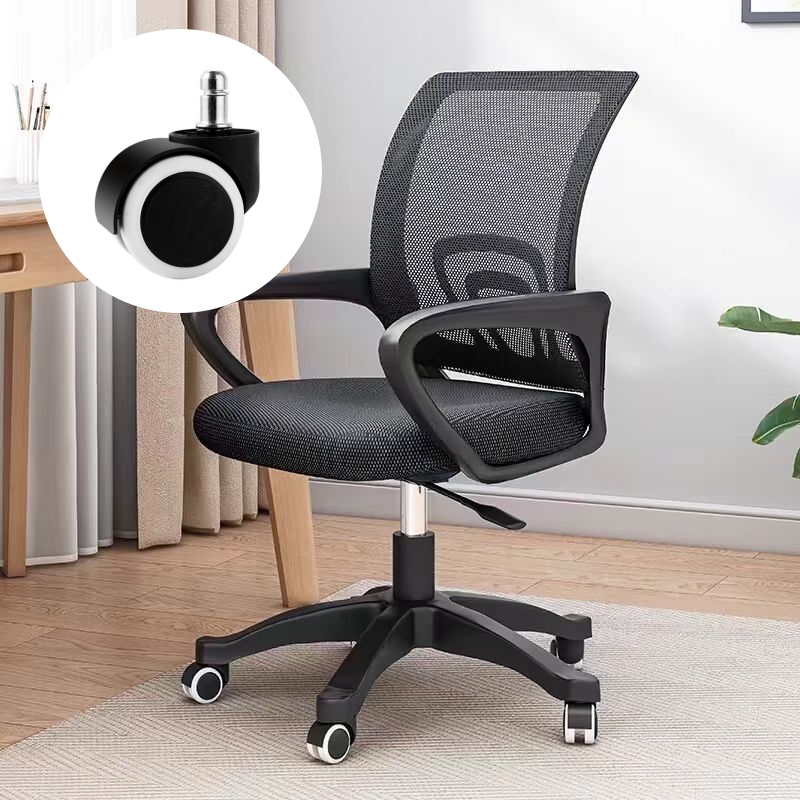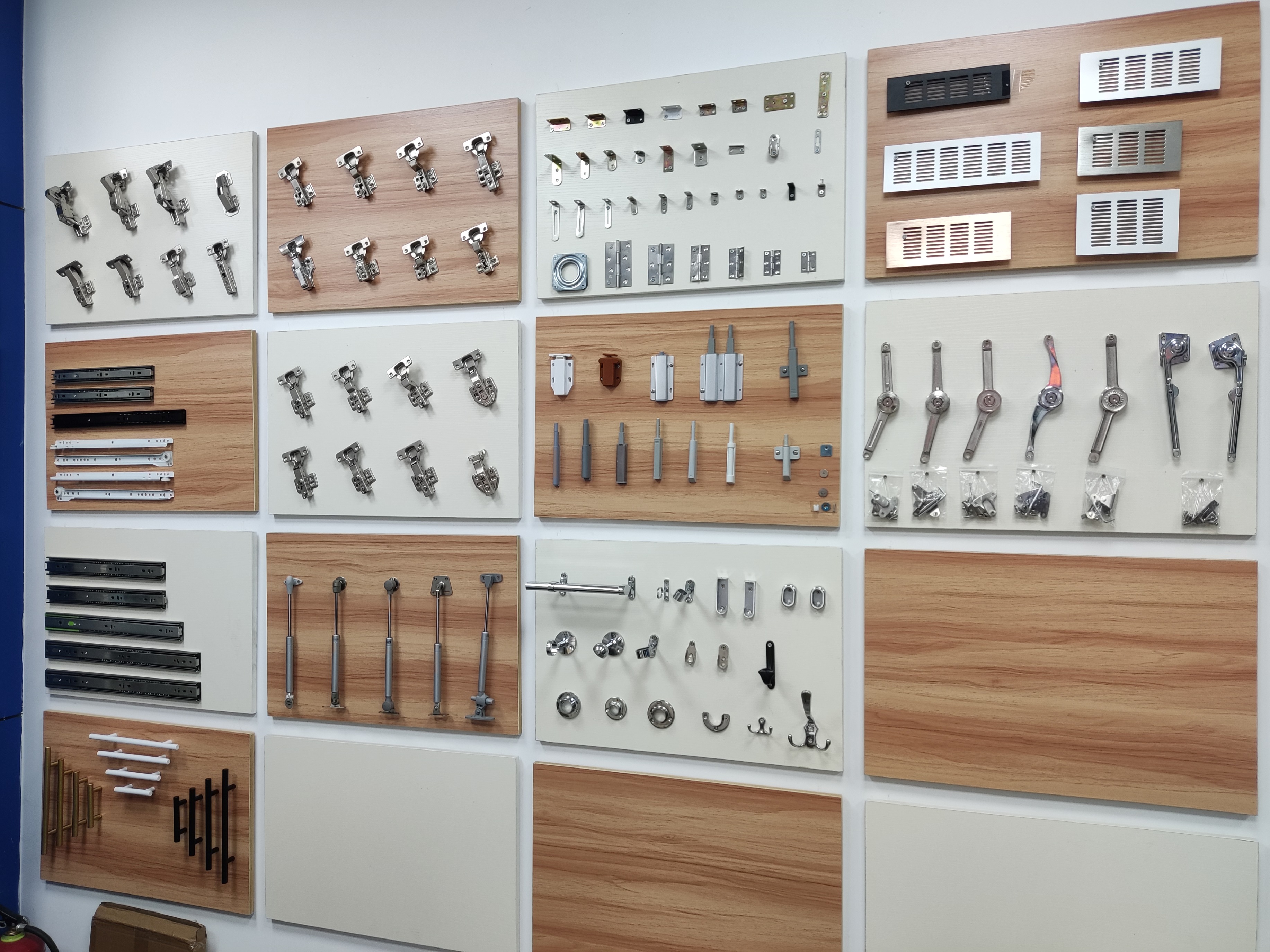
ABOUT
Guangzhou Toplink hardware Co., Ltd specialized in the production and export of furniture hardware fittings, with an experience of more than 14 years.
Our main products are drawer locks, cabinet hinges, sliding rails, cabinet handles, casters, cabinet legs and connecting fittings etc..
With a complete range of products, excellent performance and reasonable prices we have built up business with many customers all over the world.
We are committed to strict quality control and considerate customer service. We sincerely looking forward to becoming your best choice and the most reliable partner!
PRODUCTS
how to adjust spring tension on door closer
Understanding Door Closer Types and Mechanisms
Before we delve into the adjustment process, it's crucial to understand the basic types of door closers. Most residential doors utilize surface-mounted closers, which are attached directly to the door frame. These typically have a visible adjustment valve, usually a small screw or a series of screws. There are also concealed closers, integrated into the door itself or hidden within the frame. These often require more specialized tools and knowledge for adjustment. The mechanism itself usually involves a spring housed within a cylinder, which is connected to a piston and valve system. This system controls the speed and force of the closing action. The spring tension dictates the closing speed and the resistance the closer applies to the door's movement.
The valve system is the key to adjusting the spring tension. This valve controls the hydraulic fluid flow within the closer, regulating the speed at which the door closes. By adjusting the valve, you essentially modify the resistance the spring encounters, thus altering the door's closing speed. Understanding this fundamental principle is the foundation of successfully adjusting your door closer.
Locating the Adjustment Valve(s)
The location of the adjustment valve(s) varies depending on the manufacturer and model of your door closer. However, they are typically located on the closer's body, often marked with symbols or letters. Common markings include "S" for speed, "C" for closing, "L" for latch speed, and sometimes numbers indicating different adjustment ranges. These valves usually take the form of small screws that can be adjusted with a small screwdriver. Carefully examine your door closer; you'll likely find one or more adjustment valves, often positioned on the side or at the bottom of the unit. Consult your door closer's manual if you are having difficulty locating them.
If you cannot find the adjustment valves, or if you're dealing with a concealed closer, seeking professional assistance may be the best course of action. Attempting to adjust a closer you don't fully understand can cause damage or even personal injury. The manufacturer's website might also provide a diagram or instructions if your specific model's manual is unavailable.
Adjusting the Closing Speed (Speed Adjustment)
This is often the primary adjustment you'll need to make. The closing speed adjustment valve controls how quickly the door closes during its entire arc. Turning the screw clockwise typically increases the closing speed (making the door close faster), while turning it counterclockwise slows it down. Small adjustments (1/4 to 1/2 turn at a time) are recommended. After each adjustment, close and open the door several times to assess the change. Remember to always test the adjustment after each turn to avoid over-tightening or loosening the valve.
Pay attention to the closing speed at the end of the door's travel, particularly as it nears the fully closed position. You want a consistent, controlled closing action without slamming. Too fast, and the door could slam shut; too slow, and it might not close fully, presenting a security risk. Find the sweet spot that provides a balanced, smooth closure.
Adjusting the Latch Speed (Latch Speed Adjustment)
Many door closers offer a separate latch speed adjustment. This valve controls the speed at which the door closes during the final few inches before latching. This adjustment helps prevent slamming, ensuring a gentle and secure closure. The process is similar to adjusting the closing speed; clockwise typically increases the latch speed, and counter-clockwise decreases it. Again, small adjustments are key, along with repeated testing to assess the changes.
A properly adjusted latch speed results in a soft and quiet closure, preventing the door from banging against the frame. If the door continues to slam despite adjusting the closing speed, fine-tuning the latch speed is often the solution. Remember that this adjustment is less about the overall speed and more about the final, gentle closing motion.
Troubleshooting and Further Considerations
If you've adjusted both the closing speed and latch speed and the door still isn't closing properly, there might be other underlying issues. These could include worn-out hinges, a misaligned door, or a problem with the door closer itself. Inspect the door and frame for any obvious problems. If you suspect a malfunction with the door closer, it might be time to consider replacement. Replacing a door closer is usually a straightforward process, and replacement units are readily available at most hardware stores.
Always remember safety first. If you're uncomfortable working with tools or feel unsure about any part of this process, don't hesitate to call a qualified professional. A small investment in professional help can save you from potential damage or injury, and ensure your door closer is correctly adjusted for optimal performance and longevity.
SUBSCRIBE
INQUIRY
